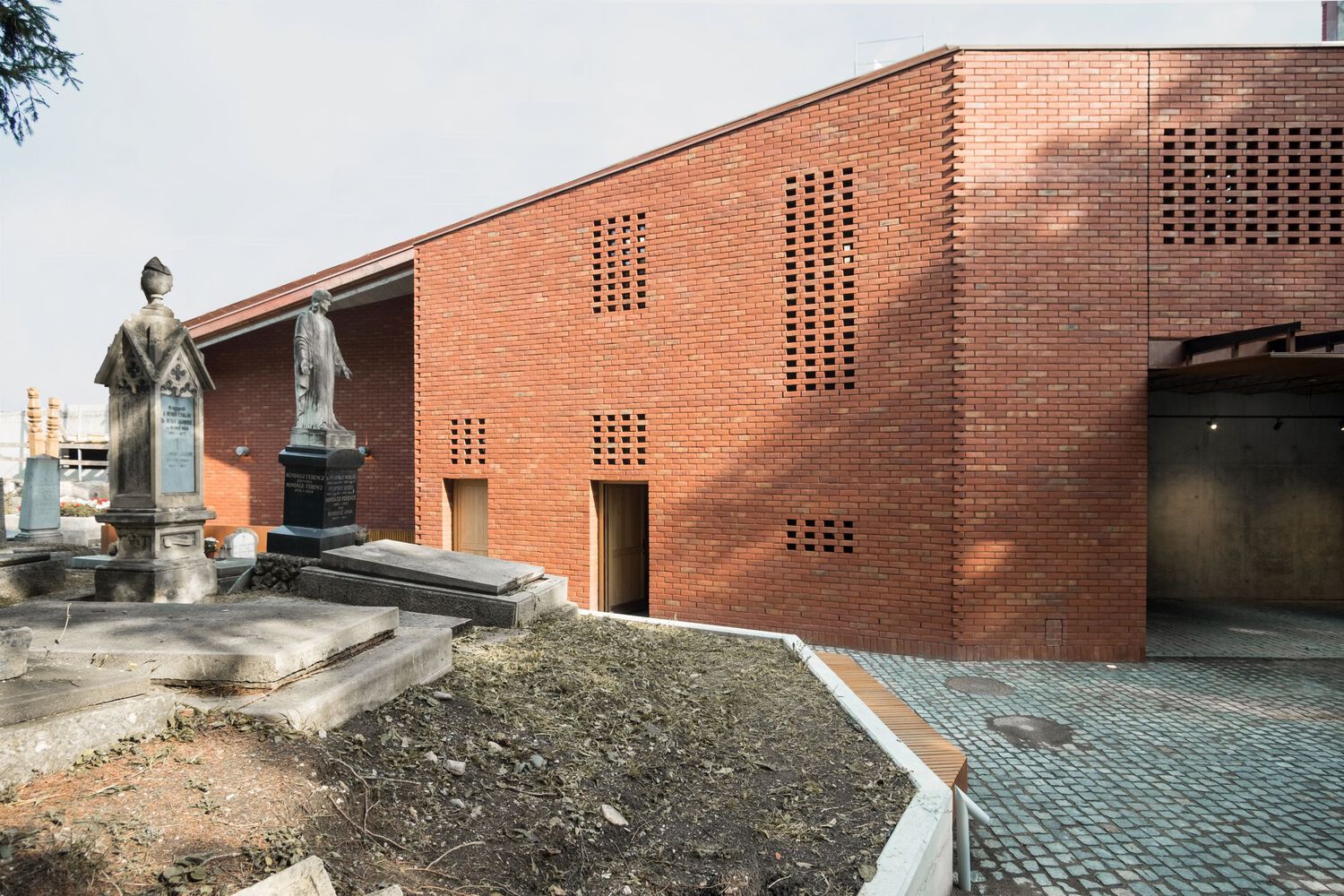- Home
- Articles
- Architectural Portfolio
- Architectral Presentation
- Inspirational Stories
- Architecture News
- Visualization
- BIM Industry
- Facade Design
- Parametric Design
- Career
- Landscape Architecture
- Construction
- Artificial Intelligence
- Sketching
- Design Softwares
- Diagrams
- Writing
- Architectural Tips
- Sustainability
- Courses
- Concept
- Technology
- History & Heritage
- Future of Architecture
- Guides & How-To
- Art & Culture
- Projects
- Interior Design
- Competitions
- Jobs
- Store
- Tools
- More
- Home
- Articles
- Architectural Portfolio
- Architectral Presentation
- Inspirational Stories
- Architecture News
- Visualization
- BIM Industry
- Facade Design
- Parametric Design
- Career
- Landscape Architecture
- Construction
- Artificial Intelligence
- Sketching
- Design Softwares
- Diagrams
- Writing
- Architectural Tips
- Sustainability
- Courses
- Concept
- Technology
- History & Heritage
- Future of Architecture
- Guides & How-To
- Art & Culture
- Projects
- Interior Design
- Competitions
- Jobs
- Store
- Tools
- More
Tile Chapel by Jimenez Arquitectos & FB & estudio
The Tile Chapel in Taquil, Ecuador, by Jimenez Arquitectos and FB+ estudio, is a sacred space built from reused tiles and collective community effort. Rooted in tradition, faith, and sustainability, it honors the local culture while offering a serene, light-filled setting for annual rituals and quiet reflection.
In the quiet rural parish of Taquil, nestled in the Andean highlands near Loja, Ecuador, a deeply meaningful architectural work has emerged—both humble and profound in equal measure. The Tile Chapel, designed by Jimenez Arquitectos in collaboration with FB+ estudio, is more than just a sacred space: it is an embodiment of collective memory, faith, and resourcefulness.
Perched at the highest point of the Taquil cemetery, this open-air chapel was conceived to host an annual mass in honor of the deceased—a vital ritual that continues to connect the community to its Catholic heritage. What makes this project truly extraordinary, however, is how its form, materiality, and construction process reflect the realities of rural life, and the spiritual essence of the people it serves.

Table of Contents
ToggleA Chapel Built by Many Hands
The design challenge was clear from the outset: to create a dignified sacred structure using minimal economic and construction resources. In Taquil, many of the parish’s families are affected by rural-to-urban migration, leaving behind homes and materials that are no longer in use. The architects leveraged this condition, opting to reuse local tiles—recovered from abandoned buildings—as the primary building material.
Rather than outsourcing labor or sourcing expensive finishes, the construction process became a community-wide effort. Residents of the parish—many of whom have relatives buried in the cemetery—worked side-by-side, contributing time, skill, and materials. This act of collective self-construction imbued the chapel with a spiritual and emotional richness far beyond its physical composition.
“The community work as a means of self-construction is the main resource, as all the neighbors of the parish come daily to build their chapel.” — Jimenez Arquitectos
Architectural Form: Tractrix and Light
The form of the chapel was carefully considered to enhance both spiritual symbolism and environmental responsiveness. Its curved walls, following a tractrix curve, are built from stacked and reinforced tiles—interwoven with wind-channeling tubes that allow breezes to pass through gently. This design not only dissipates strong winds atop the cemetery hill but also frames sweeping views of the mountainous landscape beyond.
A dramatic zenithal opening at the top of the structure invites a stream of natural light, heightening the sacred atmosphere during mass. The exposed sky becomes part of the ritual, reminding worshippers of the transcendence of life and spirit. Despite its small size, the space feels both expansive and introspective, shaped not just by its walls but by the light and wind that move through it.

Tile as Narrative and Material
Tiles are used here not just for structural reasons but for their cultural resonance. In this rural Ecuadorian context, tiles are ubiquitous, long valued for their resistance, durability, and recyclability. Their use speaks to the vernacular building traditions of the region, while also presenting a sustainable, low-impact solution to resource limitations.
The construction strategy involves stacking tile upon tile, creating a layered skin that is simultaneously structural and expressive. The bottom third of the wall is built from continuous tiles, while the upper sections incorporate openings and tubes to enhance ventilation and light flow.
This architectural language is enhanced by artistic interventions—a sculpture of the Holy Spirit hovers over the façade; the altar and floors are decorated with recycled mosaic; and stones are meticulously placed into the tile joints by members of the community. Every detail reflects an act of care, storytelling, and belief.
A Spiritual and Socioeconomic Catalyst
Although the chapel hosts just one official mass per year, its presence has had long-lasting effects on the region. Beyond being a place of mourning and reflection, it has become a local landmark, attracting visitors and sparking a small but significant tourism economy. For a rural parish often bypassed by economic development, the chapel now activates micro-enterprises, offering opportunity through heritage and faith.
“This work has become a landmark for the community where they celebrate mass once a year, and it is also valued by the tourism sector.” — Jimenez Arquitectos

Architecture of Meaning
The Tile Chapel stands as a testament to what architecture can be when it grows out of place, people, and purpose. With no decorative excess, no imported materials, and no formal contractor, it delivers a spiritual richness rooted in humility and harmony with nature.
It is a reminder that some of the most enduring architecture is not the result of grand budgets or iconic skylines—but of shared labor, local wisdom, and a deep understanding of community rituals. In Taquil, a chapel made of reused tiles and collective spirit now shines as a beacon of belonging and remembrance.
- Andes cemetery architecture
- Architecture rooted in culture and faith
- Cemetery chapel design
- Chapel natural light design
- Chapel with zenithal opening
- Collective self-construction project
- Community-built chapel
- Faith-based community architecture
- FB+ estudio architecture
- Holy Spirit sculpture architecture
- Jimenez Arquitectos projects
- Low-cost sacred space
- Recycled tile construction
- Rural Ecuador religious architecture
- Rural tourism architecture Ecuador
- Sacred architecture rural Ecuador
- Sustainable chapel materials
- Tile Chapel Ecuador
- Tractrix curve architecture
- Vernacular Andean architecture
I create and manage digital content for architecture-focused platforms, specializing in blog writing, short-form video editing, visual content production, and social media coordination. With a strong background in project and team management, I bring structure and creativity to every stage of content production. My skills in marketing, visual design, and strategic planning enable me to deliver impactful, brand-aligned results.
Submit your architectural projects
Follow these steps for submission your project. Submission FormLatest Posts
Holy Redeemer Church by Fernando Menis Wins World Building of the Year 2025
The Holy Redeemer Church and Community Center in La Laguna, designed by...
The Chapel by Berger Parkkinen + Architects
Berger Parkkinen + Architects’ The Chapel in Styria, Austria, is a minimalist...
Point Loma Nazarene University Prescott Chapel by Carrier Johnson + Culture
Prescott Chapel by Carrier Johnson + Culture at Point Loma Nazarene University...
Lutheran Mortuary Chapel by TEKTUM
The Lutheran Mortuary Chapel by TEKTUM in Cluj-Napoca preserves a historic façade...















































Leave a comment